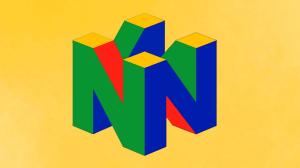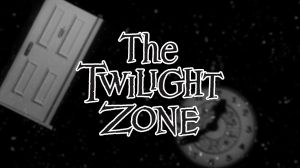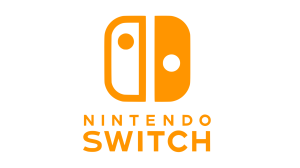When AlphaDream closed its doors in October 2019, many fans thought that was the end of the Mario & Luigi RPG series. However, that’s clearly not the case, as Mario & Luigi: Brothership marks a brand-new entry on Nintendo Switch, with some of the past developers returning to craft this new adventure. Brothership manages to deliver some of the most enjoyable trademarks of past games, including slapstick humor and rhythm based combat. The result is a largely enjoyable RPG that doesn’t change the formula too much, which should be welcome news to those that have missed the series.
Videos by ComicBook.com
Mario & Luigi: Brothership‘s name comes from Shipshape Island, the location the brothers call home base for much of the game. Shipshape Island is the location of a Uni-Tree seed, which has the power to keep all of Concordia unified. The land has been mysteriously disconnected, and the brothers must travel between islands, reconnecting them to Shipshape. Reaching different islands happens when players discover and link up with new currents in the sea. Once an island has been located, Mario and Luigi can launch to the location using a cannon on Shipshape Island. If the heroes fail to get over to the cannon while the island is in range, they’ll have to wait for it to get closer.

Mercifully, the Toads create an option to make Shipshape go faster early into the game, allowing players to speed things up if they’re trying to reach an island that’s farther away. Once Mario and Luigi restore the flow of Connectar that binds these islands to Shipshape, players will be able to freely travel between locations via Warp Pipe, as will the citizens that have been otherwise separated from one another. In addition to the islands themselves, the seas of Concordia are filled with smaller islets that can be explored, as well as reefs that factor into one of the game’s side quests.
The central theme works well, adding some interesting story beats, as well as side quests for the heroes to complete. As a result of Concordia’s separation, families and friends have also been separated, and players can help reunite them. That adds a little more heart to the narrative, but there’s a lot of humor as well, and the story has plenty of moments that will elicit a chuckle. As noted in our hands-on preview last month, a lot of the game’s humor comes from the physical mannerisms of the two main characters. Mario and Luigi remain silent, but the characters are more expressive in Brothership than in any other video game. Their facial expressions help convey their emotions very well, and the slapstick quality is one of the best parts of the game.

Anyone that has ever played a Mario RPG should have a good idea of what to expect from the battle system. Mario & Luigi: Brothership features turn-based combat that incorporates rhythm and platforming. The duo’s attacks deliver more damage by pressing buttons in time with commands, and they can avoid most enemy attacks in the same way. This starts out pretty simple, with Mario and Luigi working in tandem to make each other’s basic attacks do more damage. Things get increasingly more complex as the game progresses and when players learn things like Bros. Attacks or Luigi Logic. Missing the rhythm or a needed button press can quickly prove costly, and the difficulty is manageable, but higher than players might anticipate. With some moves, getting it right can take a few tries, and even after some practice, I’d slip, and find myself in trouble as a result.
Everything in the world of Mario & Luigi: Brothership is inspired by electronics, and that extends to the battle system. As players get a few hours into the game, they’ll uncover a new mechanic called Battle Plugs. Mario and Luigi can craft Plugs that have various effects in battle, such as lowering the damage taken by certain attacks, or increasing the damage done on airborne enemies. Only two Plugs can be equipped in the Power Tap at a time, and they can run out of charges quickly, requiring players to swap around and let them charge back up again. This forces players to think carefully about when to use them. If there’s one complaint I have about the system it’s that Plugs don’t stay in the Power Tap when they run out of charges, so even after they have recharged, players have to plug them back in from the menu to use them again. That can be easy to forget, and I’d go through large stretches without using them as a result.
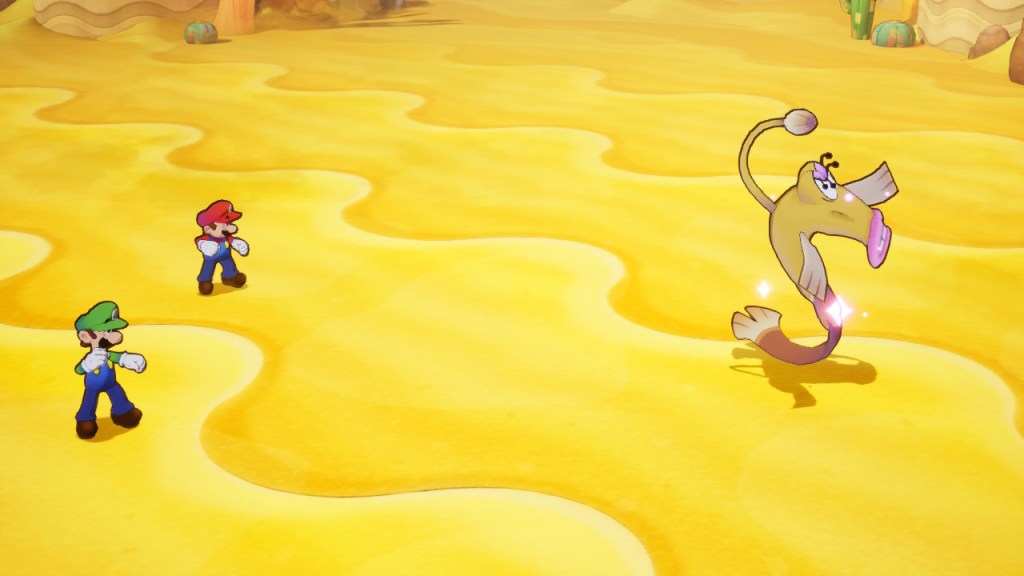
One of the more interesting elements of Mario & Luigi: Brothership is that players are given a handful of opportunities to make choices that shape the game’s overall narrative. Sometimes it’s as simple as being able to choose the order of islands to visit, but other times it’s a bigger deal, and can have an impact on the difficulty level. There are even some limited time side quests, which can only be completed at specific points in the game. Sometimes these side quests add a little extra to the narrative, but other times they just allow the brothers to unlock items and gain some extra experience. The game does a great job letting players know which quests are limited and which ones aren’t thanks to a helpful menu and special color patterns assigned to each. The little bit of extra freedom afforded by these choices is nice, but I did find myself pressured to do limited time quests in fear of missing out on something special.
The presentation in Mario & Luigi: Brothership is mostly strong. The graphics don’t quite push Nintendo Switch to its limits (there are better looking games to be found on the console); however, the developers find multiple ways to impress, from beautiful water effects, to wonderful character animations. The music is also delightful, with plenty of tracks that will remain in your head long after a play session has come to an end (hopefully they come to Nintendo Music quickly). A personal favorite of mine was the win screen song, and the celebratory animations of Mario and Luigi when they level up are a blast to see each time.
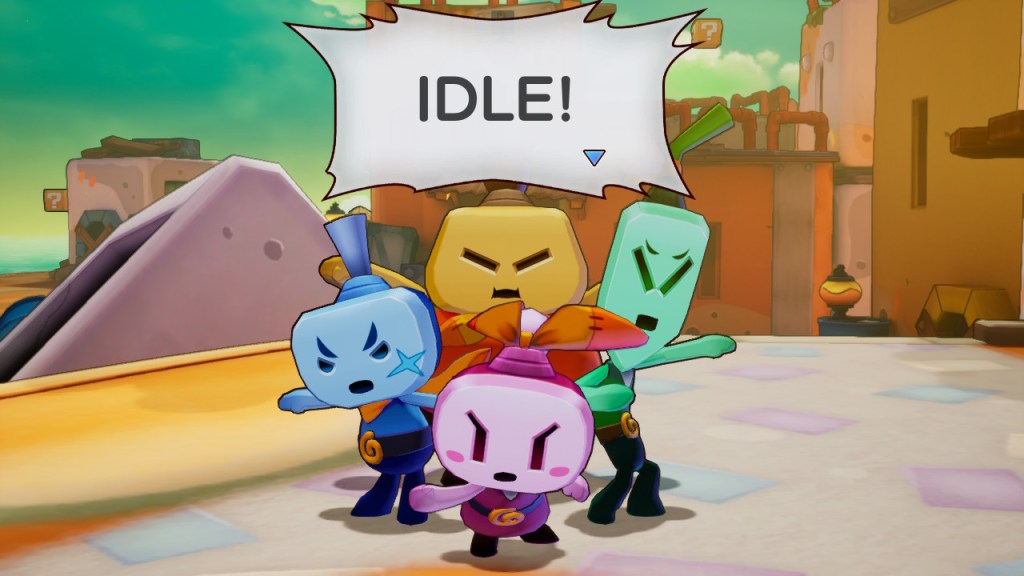
While the presentation and world are clever, there are times where the character designs fall a bit flat. All of Concordia’s residents have faces inspired by electrical outlets, which fits with the game’s overall theme, but it can make the NPCs blend together, resulting in some of them being forgettable. Thankfully, the design team found some clever ways to separate the cast, and the writing makes a few of them stand out, such as the members of IDLE. Fortunately, the enemies don’t suffer from the same problem, as there are some very strong villain designs similarly inspired by electronics.
Over the last year, Switch fans have been treated to two of the best existing Nintendo RPGs, with remasters and remakes of Super Mario RPG and Paper Mario: The Thousand-Year Door. Mario & Luigi: Brothership doesn’t quite reach the same heights as those games; there are no standout original characters like Vivian or Geno, and the overall adventure isn’t quite as memorable. That said, the high points of Mario & Luigi: Brothership make the game an easy recommendation, and they serve as a great reminder why the series was so appealing in the first place. There was a point where these games seemed to be coming out far too frequently, but after a long pause between new entries, I find myself hoping we’re not waiting another nine years until the next one.
Rating: 4 out of 5
Mario & Luigi: Brothership is set to release November 7th on Nintendo Switch. A code was provided by the publisher for the purpose of this review, and it was reviewed on a Nintendo Switch OLED.

